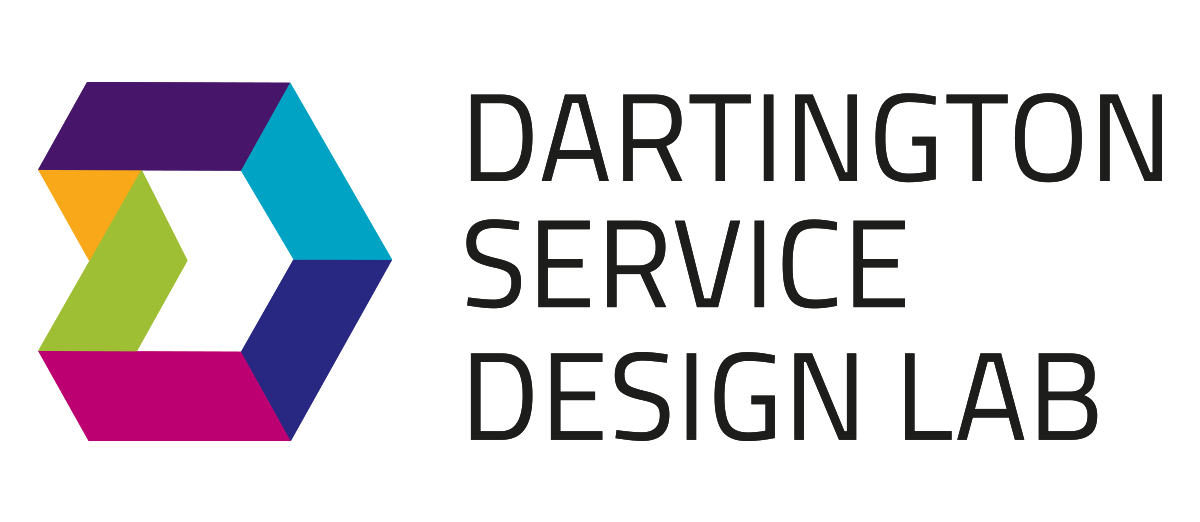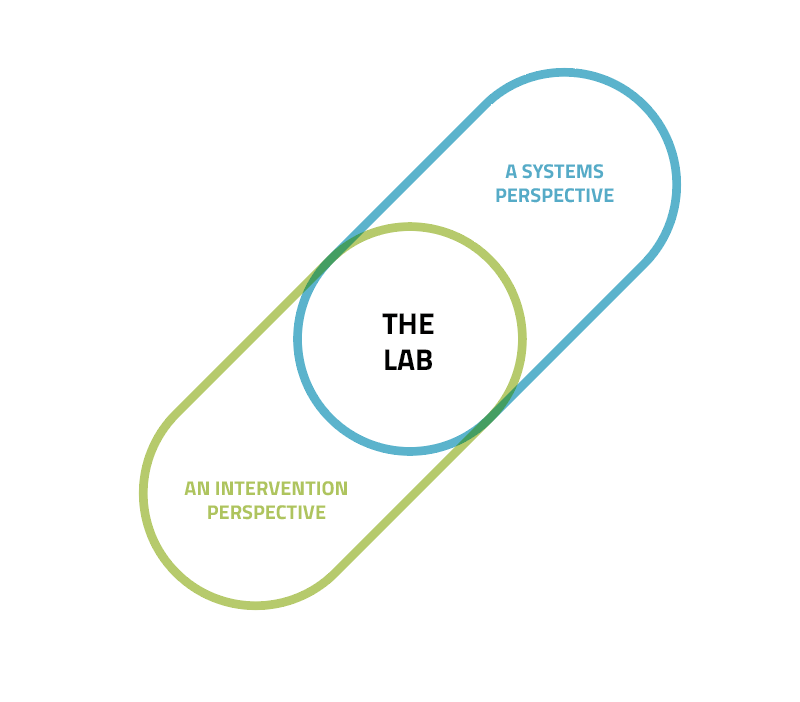We are the intersectionists
Tim Hobbs | CEO | @tim_hobbs_lab
Let us know what you think via @DartingtonSDL
We are approaching a crossroads in how we think about the design, improvement and evaluation of services for our children, families and communities. Here’s my take on how we at the Dartington Service Design Lab, and others, have tackled these tasks to date, and what we think is the way forward
Evidence and users
Out there are evidence-based purists who assert that the route to improvement of our health and well-being lies in the scientific knowledge amassed over decades of empirical pursuit. If only, they say (I’ve said it!), policy-makers, commissioners and practitioners would engage with the evidence. Only they don’t, because it tends to be over-engineered or professionalised; disconnected from what users want and slow to adapt to rapidly changing or variable local contexts. Also, who has time to read the research and evidence?
Then there are the user-centred, co-designing, nimble and/or agile service designers. They bring a lot of post-it notes, flip charts and energy. They engage with users – sometimes widely, sometimes deeply – resulting in services that people generally like and want. The things that get designed also tend to be a bit more flexible and adaptable to changing contexts. The problem is they sometimes reinvent the wheel, not always for the best. The punters turn up and may like what they get, but without an injection of data and evidence it is a dubious assumption that they’re going to be better off. History has taught us that even good intentions can do harm.
But there can be a middle ground: an approach to service design that sits in the intersection between the use of evidence and data and the involvement of users and practitioners.
Sounds interesting? We think so too – and we think it will lead to services that people will want to use, and that actually work when they do. What’s not to like?
Systems and services
But some would that argue that thinking about services at all is so passé: actually, it’s all about systems. Systems thinking. Complexity. Complex adaptive multidimensional systems for messy problems.
The argument goes that if you want to make a difference then don’t waste your time down in the weeds of individual services, or organisations. Focus instead on the leverage points within these wider complex systems. It is more about the collective contribution or impact of different sub-systems, and the services nested within them, than the individual services themselves.
If you hadn’t already guessed, I think we need to look at the intersections between ways of thinking about systems and services. It is possible to intervene in a system so that it actually supports, not undermines, the services within it and increases their chances of being impactful. And it’s possible to hold these messy, massive systems in mind without forgetting that they’re actually full of people doing their best every day to deliver well, and make change.
You can’t think about services without thinking about systems. And if you forget about how services interact with people within these systems, then you’ve got lost in the complexity of it all.
So that’s two crucial intersections. One between evidence-based and user-centred design; and one between services and systems.
The intersections
At the Dartington Service Design Lab we’re focusing our work on the spaces in the middle; the sweet spot between evidence, users, systems and services. We think that making changes at the intersections increases our chances of creating meaningful and sustainable change for children and young people. We’re working more and more at these blurred lines: redesigning mental health services for young people in the context of the local health system; adapting evidence-based interventions for changing contexts; and bringing together the evidence base and the views of those who are currently, or at risk of being, homeless in designing new services.
Sharing what we learn is really important to us: stay tuned by signing up to our forthcoming newsletter below. Launching in the spring, we will share some of the things we are up to, and learning, as we grapple with the ideas in practice. We’ll also be sharing cool stuff that others are doing in this space.
We believe that working at the intersections takes us all further – and closer towards the goal of services that are wanted and make the difference they intend to; and systems which allow the right people to find these services, and keep them on the right path afterwards.



